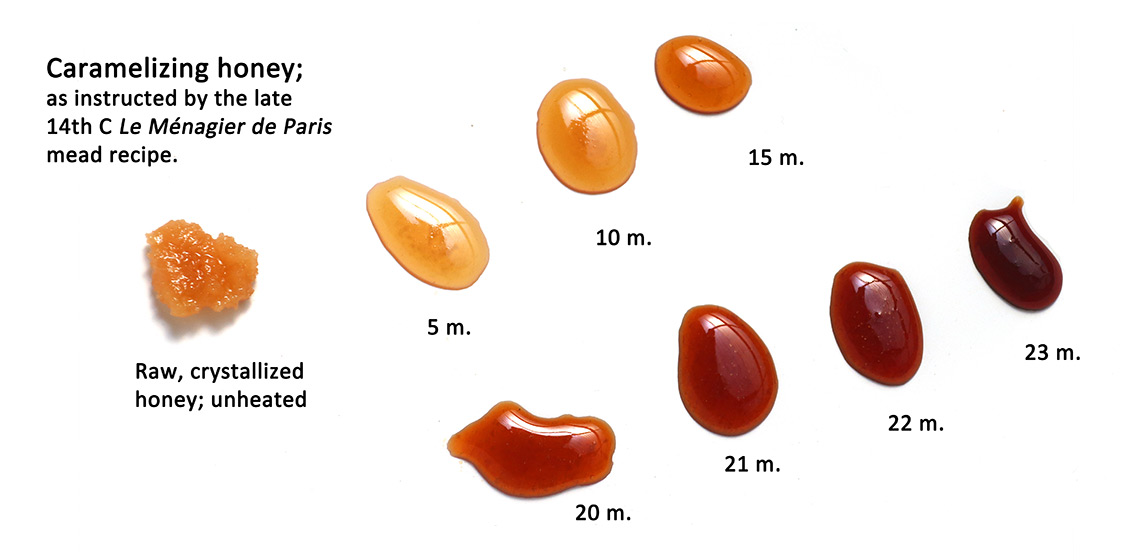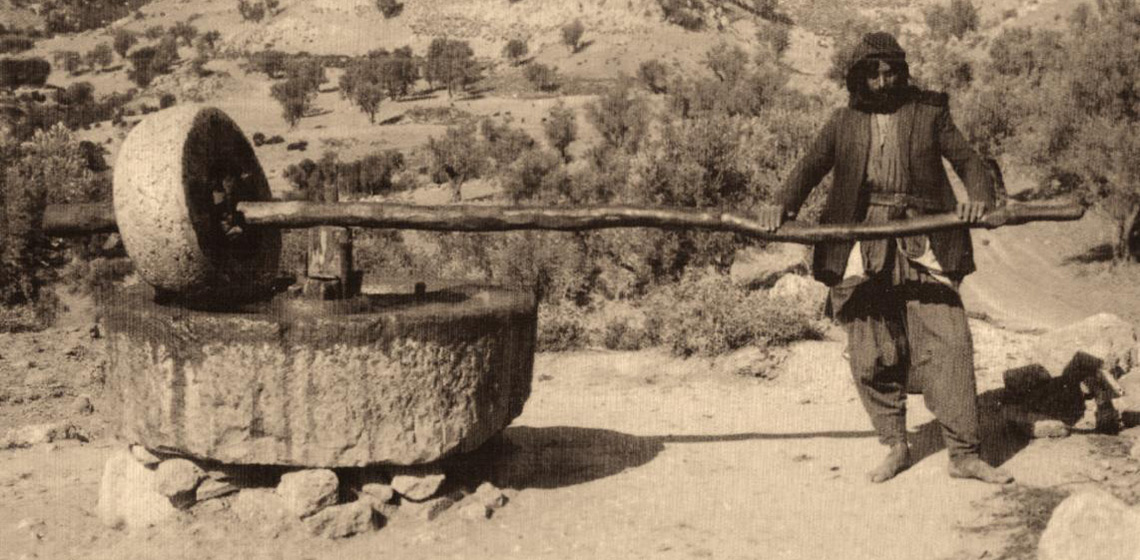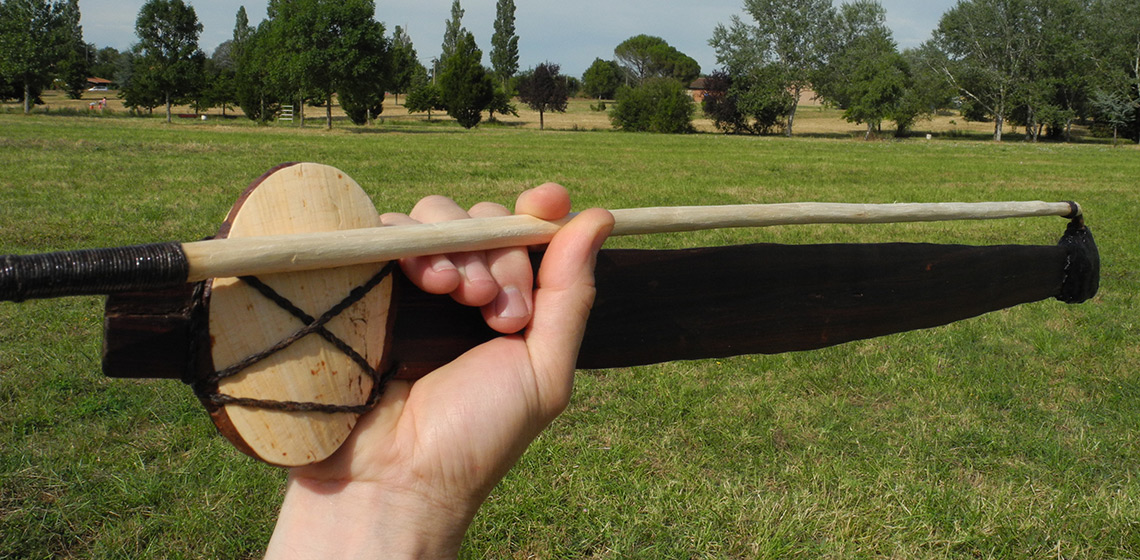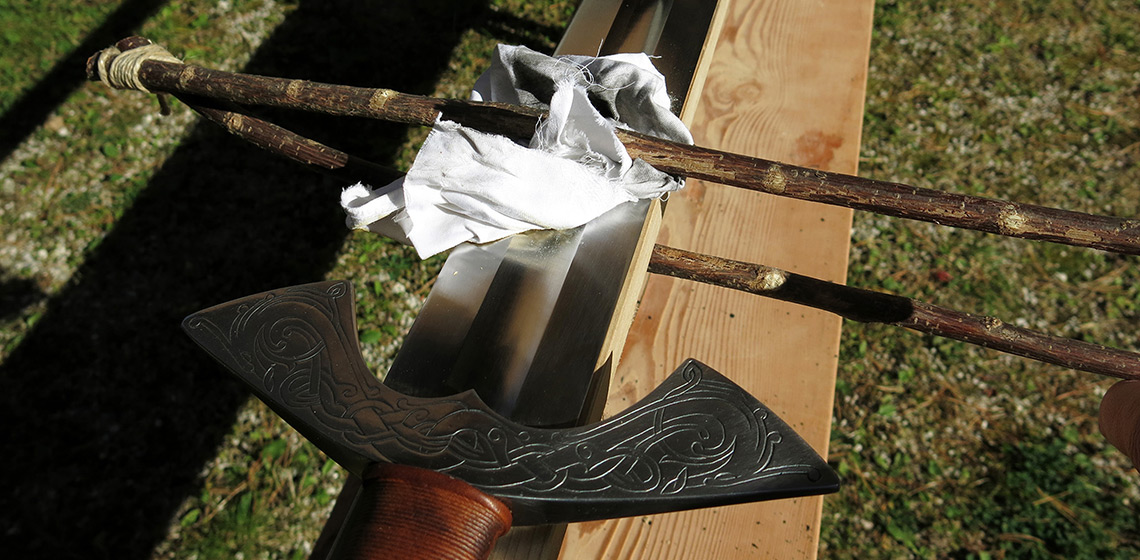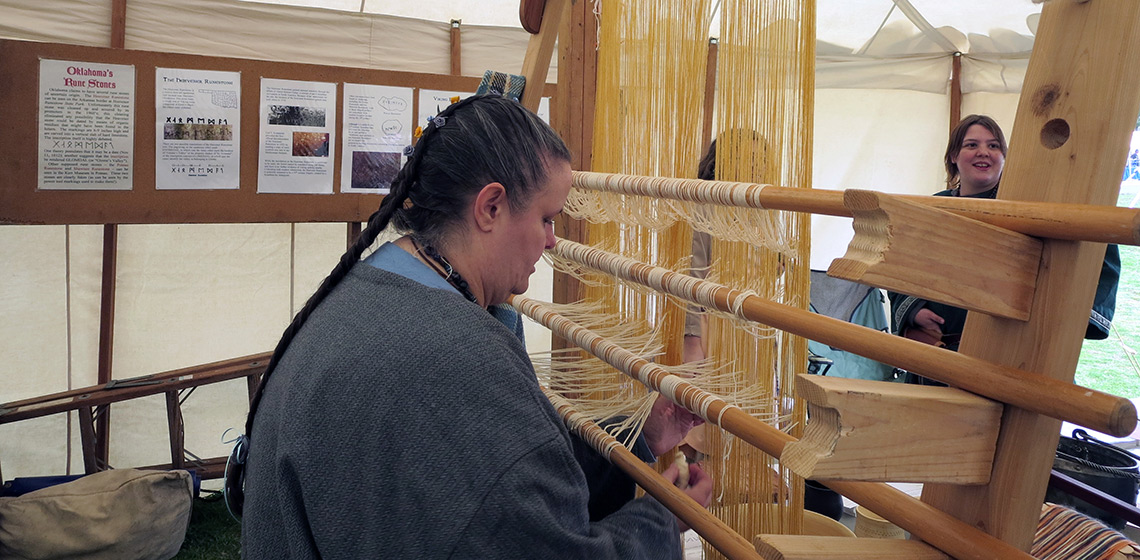Ancient Technology
The Vertical Olive Crushing Mill as a Machine and its Energy Balance - A Preliminary Approach
Bottle Gourd as an Implement for the Poor in Roman Italy
Diet of the Poor in Roman Italy: An Exploration of Wild and Cultivated Plants as an Essential Dietary Component
Throwing Stick to Spear Thrower - Study of Ethnographic Artefacts and Experimentation
An evolution that might have let some traces in the features of some particular Australian Aboriginal wooden implements.
Background
Short review of the antiquity of the three main types of prehistoric projectile weaponry
The bow, an invention reflecting a new hunting environment
Flax Fibre Extraction Techniques in the Late Middle Ages
Embossing Technique between III and II Century BC: Experiments and First Results
***The purpose of this paper is to explain our experience with the process of experimental archaeology, involving the reproduction and field testing of embossed decorations, inspired to archaeological finds. As a re-enactment group focused on Celts and Ligurians of III – II century BC we reproduce items and/or ornaments...
Columella’s Wine: a Roman Enology Experiment
Introduction
Anus iacere vidit epotam amphoram, Adhuc Falerna faece ex testa nobili Odorem quae iucundum late spargeret. Huncpostquamtotisavidatraxitnaribus: «O suavis anima. quale te dicambonum Antehacfuisse, tales cum sintreliquiae?» Hoc quo pertineat, dicet qui me noverit.
“A Mirror for Men” – Reconstructing a Medieval Polishing Bench and Putting it to the Test
***In the late 5th century AD, the famous Ostrogoth Theoderic the Great received a truly regal gift from the king of the Warini: he was given highly elaborated swords, richly decorated and able to cut through armour. Their fullers (long grooves along the flat side of the blade to reduce weight and to gain stability...

